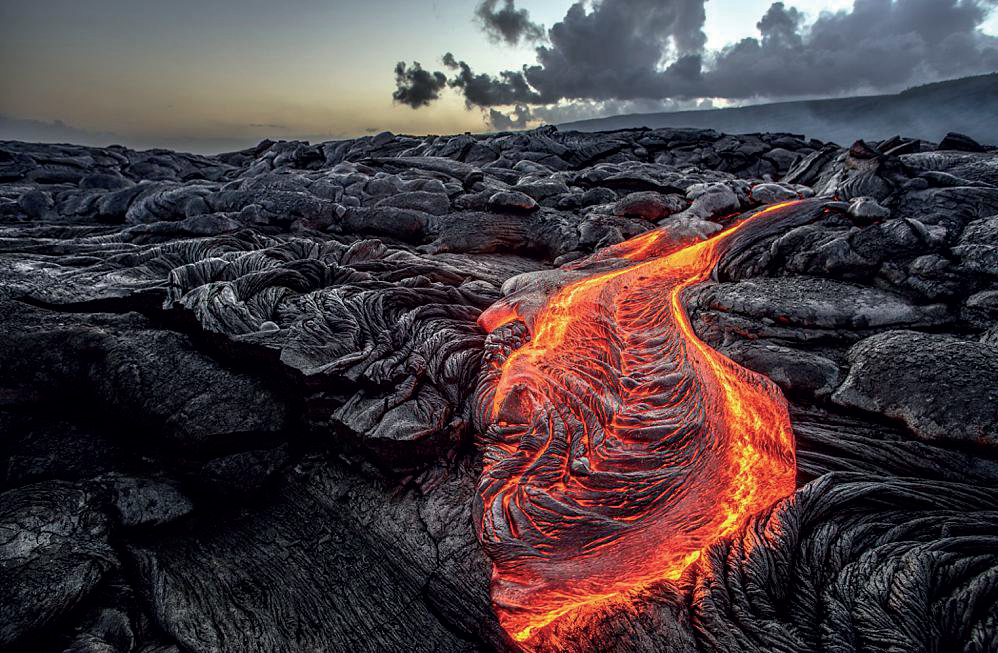Volcano
A volcano is an opening (usually in a mountain) in the Earth’s surface from which gas, hot magma and ash can escape.
The word “volcano” comes from the Roman name “Vulcan” – the Roman god of fire.
Volcanoes are often found at meeting points of “tectonic plates”. These plates are pieces of the Earth’s surface that fit together just like a jigsaw puzzle.
350 million, or one in 20 people in the world live within “danger range” of an active volcano.
Volcanoes are classified as active, dormant or extinct depending on the amount of volcanic activity happening. “Active” means there’s a regular activity, “dormant” means there’s been recent activity but that it’s currently quiet and “extinct” means it’s been so long since the last eruption that it’s unlikely to ever erupt again.
Magma is the name given to hot liquid rock inside a volcano. Once it leaves the volcano, it’s known as lava.
Volcanoes don’t just occur on land, they can be found on the ocean floor and under ice caps, too!
Lava can reach 1,250°C and has the potential to burn everything in its path! If you used a glass thermometer to take the temperature it would melt.
About 1,900 volcanoes on Earth are considered active and are likely to explode again. The world’s largest active volcano is Mauna Loa in Hawaii, standing at 4,169m! Most volcanoes are in the Pacific Ocean, in an area called the Ring of Fire.
The soil near volcanoes is said to be rich and fertile, which is why some people actually set up home on the slopes!

